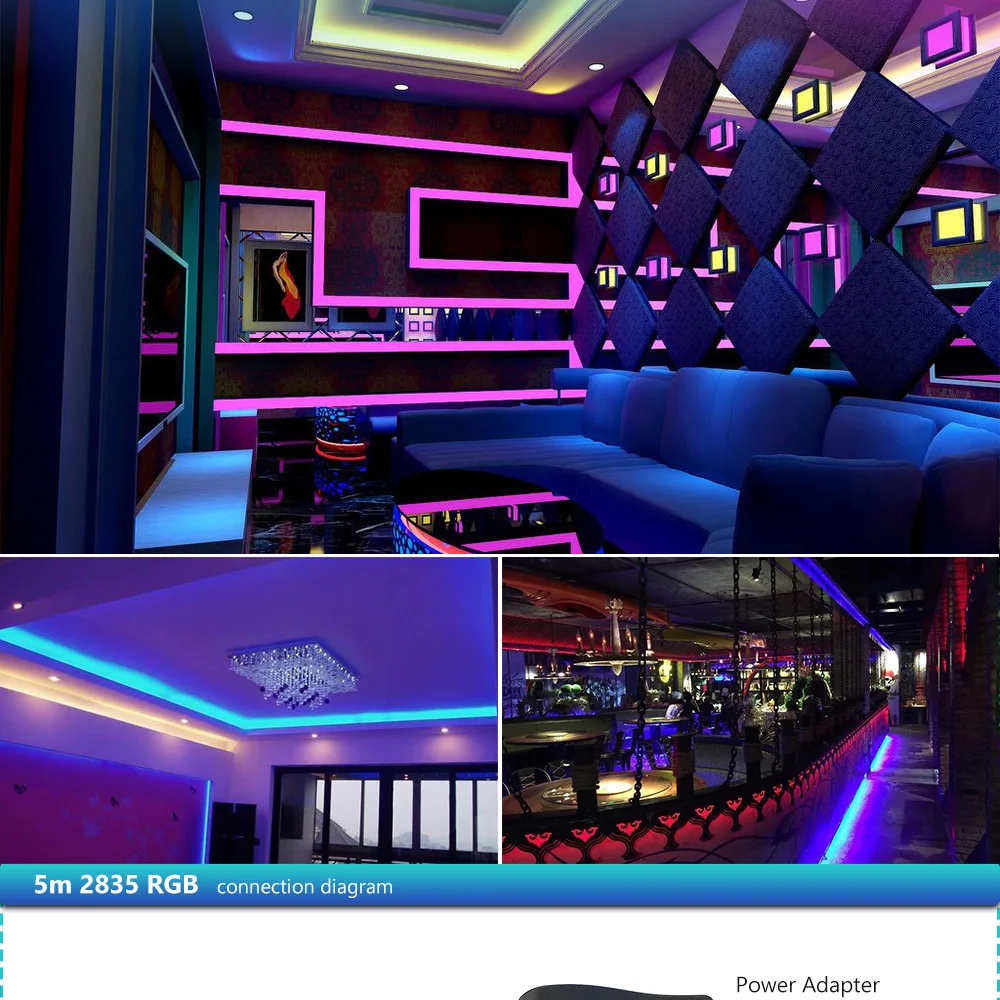

It also depends a lot on the machine you are using.

Many self-learned welders have their own ways to set up the machines, so for some thicker wire gives better results than the thinner fillers. With many manufacturers, the quality of the wire varies a lot, so if you are a fan of a certain brand, I would do some testing to find out which works best for you. It is actually hard to tell which one you should pick. Mainly because of the mess it leaves behind. With flux, it is not advised to weld very thin metal like car body panels. Sometimes it is necessary even to use an angle grinder with flap discs to remove the spatter from base metals. It produces more spatter, toxic gasses that you might inhale and after completing the bead, you have to use a slack hammer and a wire brush to clean the weld. The main disadvantage would be the fact that it is messier. With MIG you can tackle plates that are covered with mill scale, but with FCAW you can also get great beads with rusty surfaces. So with less powerful machines, it is possible to weld slightly thicker materials than with regular MIG welder.Īnother one would be that it is capable to marry metals slightly rustier than with MIG. Changing the polarity helps to penetrate the weld a lot deeper. With self-shielded wires, the polarity has to be switched for it to work. Why it is used in construction and in mobile repairs. Small flux-only welders are light in weight. Thanks to the missing shielding gas bottle, it is really portable as The burning flux, however, covers the weld even when it is windy outside. Regular shielding gas is usually carried away by currents of air moving outside. Unlike with MIG, flux-cored, similarly to stick welding can be used outdoors. Depending on where you live, it can be very expensive. The running costs are low as well because you do not need shielding gas. First of all, as a hobby welder, it is way cheaper to start with flux-cored welding because the machines are cheap. Using FCAW actually has a lot of positive sides depending on the context. What are the advantages of using flux-cored wire instead of regular MIG filler wire? The main reason for using it in manufacturing is the fact that it makes large scale manufacturing processes quite a bit faster. In some cases, it is also used in manufacturing, but then it is combined with shielding gas. It also has it’s placed in repairs and in the construction industry. The flux-cored wire is widely used among welding enthusiasts, artists, and hobbyists. It has a few benefits as well, which we will discuss later on. The embedded flux will create a cloud of gas over the weld buddle while welding to avoid contaminating it with air. What that means is, instead of needing an extra bottle of shielding gas to carry around for welding, the wire itself has the shielding embedded. What differs it from regular MIG wire is the fact that it is self-shielded. What are the advantages of using flux-cored wire instead of regular MIG filler wire?Įssentially, a flux-cored wire is nothing more or less than a filler wire.


 0 kommentar(er)
0 kommentar(er)
